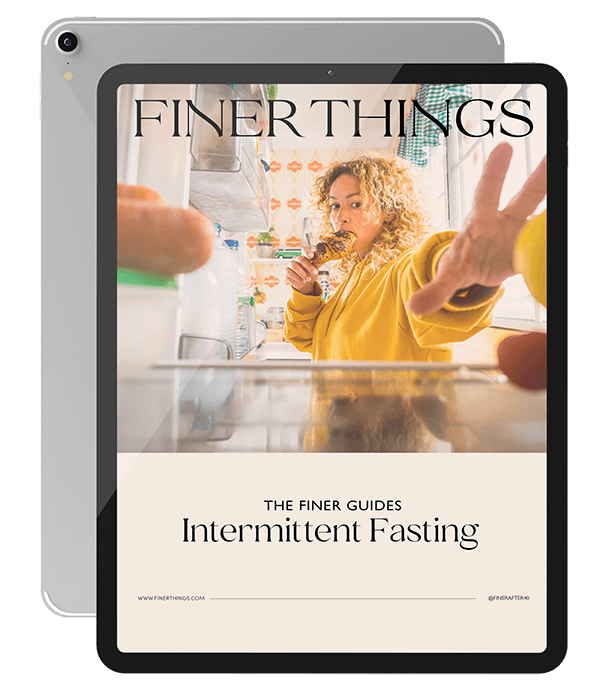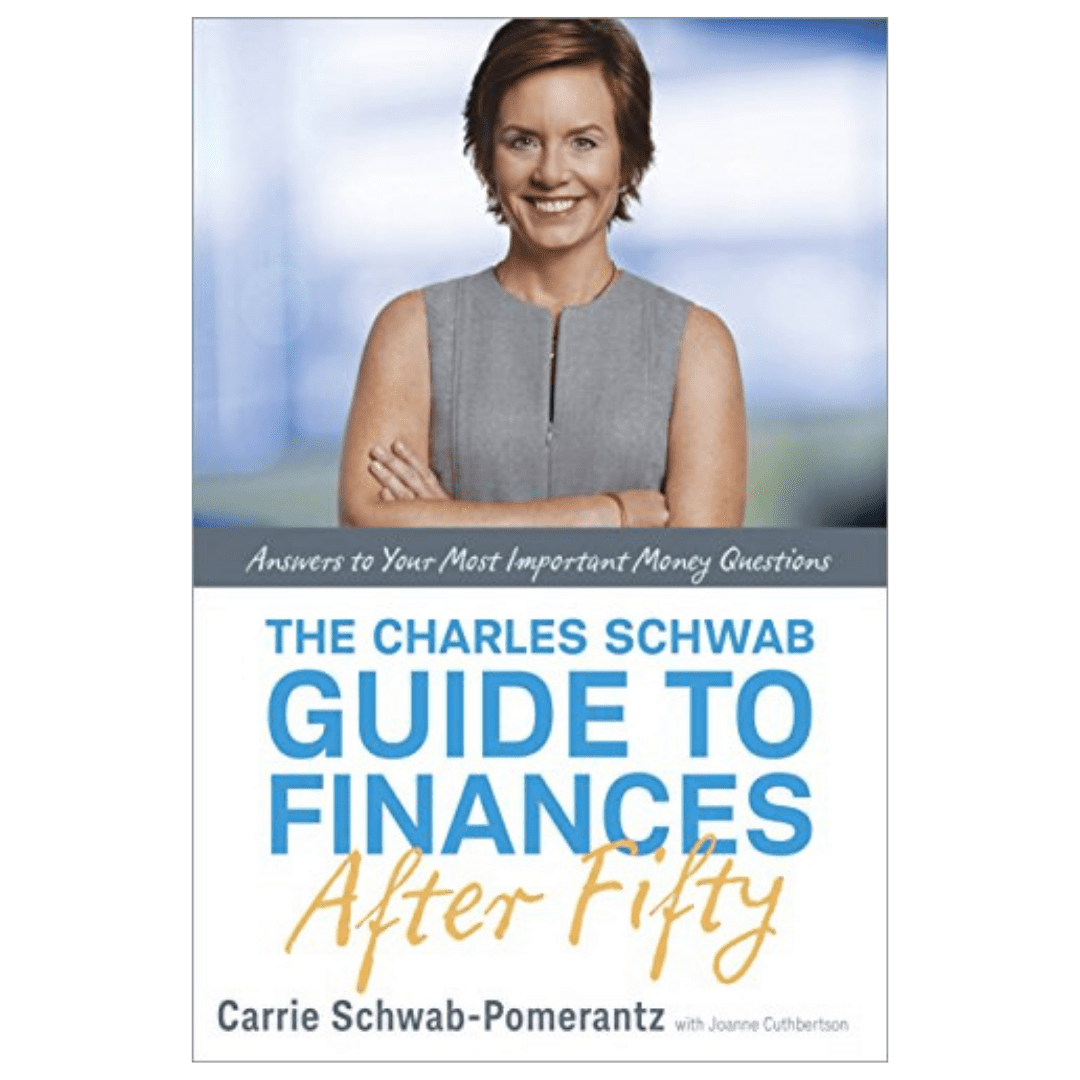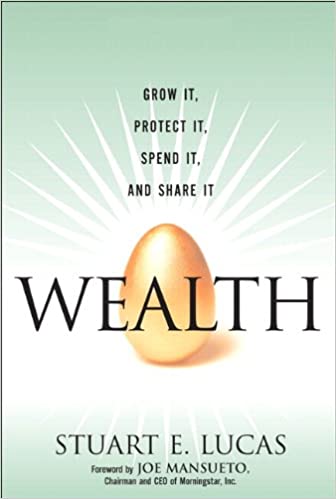How to Save When You have No Retirement Funds

By Paula Bennett
Fear not, you’re not alone in not starting yet.
You’ve made it to this article and maybe you’re panicking already. I’ve heard it before, “I am 50 and have no retirement savings, what do I do?!” Relax, you’re not doomed.
If you start building a nest egg now and make some other easy changes you will have a comfortable retirement. It’s possible! It will require some solid financial planning and increasing your knowledge about personal finance. If you set some solid retirement savings goals, it’s not too late.
First off, you are not alone. Many Americans, laden with credit card debt and student loan payments and very little extra money, have not saved enough for retirement. Through the pandemic, we learned that more than 51% of all Americans have less than three months of savings. The Employee Benefits Research Institute reported that 37% of employees between the ages of 35 and 54 have less than $1000 save for retirement. Very few Americans have taken advantage of tax-free individual retirement accounts by making the contribution limits on a yearly basis provide for their future.
Fidelity investments rule of thumb is that you should’ve saved six times your annual salary by the age of 50, eight times your annual salary at the age of 60, and 10 times your annual salary by the age of 67. If you want to save $1 million for your retirement you’re going to have to make some changes. If you plan on retiring at 65 years old with $1 million you would need to invest at least $800 per month. Every month. That’s a lot!
Here’s how to start saving for retirement. You can catch up if you get disciplined now.

Hire a financial planner.
The best advice is for you to consult with a certified financial planner and other financial advisors. Your employer may provide for these services at no charge for the larger brokerage houses like Charles Schwab, Fidelity, Vanguard, or Ameritrade.
If you have no retirement savings, you will have to work harder than if you have a retirement fund or a savings account.
Don’t procrastinate another day. Schedule a meeting and arrive well prepared.
How to prepare?
Figure out:
→ Does your company have a retirement savings plan?
→ How much are you currently spending monthly?
→ Do you have any anticipate future spending different from now?
Bring these statements:
→ Gross Income
→ Monthly and Future Expenses
→ Retirement Savings Accounts (if any)
→ Retirement Plan from Employer (if any)
→ Current Assets
→ Social Security Statement
→ IRA or Roth IRA Account Statement (if any)
→ Any Other Assets (Investment, Brokerage, or Savings Accounts)
→ Emergency Fund Account Statement (if any)
Establish a budget with your financial planner.
Once your financial planner has reviewed all of your assets and expenses, they can establish a safe budget. This will allow you to put aside funds for a safe rate of return. Take advantage of the compound interest of your investments.
Now, the next challenge: you need to follow the budget.
Educate yourself on your financials.
The best way to build confidence is by educating yourself. Becoming financially literate is not that difficult to do, especially in times of the pandemic. Online courses, podcasts, other forms of online learning are more available than ever before.
Community College
If you want to learn in-person, look at your community college course schedule. There will be numerous classes on accounting, financial literacy, and investing.
Online Classes
if you want to learn online, Coursera alone has more than 300 classes on investment. Don’t be overwhelmed by the choice. Find one credible teacher and just jump in.
Get The Finer Life
Our Sunday email has tips and content you will love – exclusively for our subscribers.
"*" indicates required fields
Alternatively, if you don’t want to the responsibility of vetting your instructor, most colleges now have online classes teaching financial literacy: Stanford University, Texas Tech University, George Washington University, Syracuse University, and the University of Montana, to name a few.
Visit Charles Schwab, Vanguard, Fidelity, Wealthfront, or Betterment that can educate you. Each has a plethora of information on their websites to read at your own pace or classes you can attend in person or over Zoom.
Other Media
There is a plethora of financial media you can use. Here are my favorite resources.
→ Andrew Russ Sorkin’s Deal Book
→ WealthTrack
Consuelo Mack is the host of WealthTrack, a PBS Television show airing on Sunday nights. She interviews top financial people and the world and asks them questions, and elicits information understandable by the fundamental investor.
→ Carrie Schwab’s Guide to Finances After 50 and Ask Carrie
→ Ellevest
Ellevest is a Robo-advisor investment platform and financial literacy program primarily for women. It has classes, personal advisors, and one on one coaching.
→ David Bach’s Smart Women Finish Rich
→ Stuart E. Lucas’s Wealth: Grow it and Protect it.
When you’re using other resources, ensure you’re checking the author’s academic and professional background for adequate expertise.
The Best Ways to Save for Retirement
While these are quick or easy ways to save, these are ways to save up for retirement.
Maximize your workplace benefits.
if you haven’t already done so, it is important to maximize the contributions to your workplace retirement plan.
Many employers offer 401 (K) plans and provide a contribution match to their employees. Make sure that you have consulted with your employer’s benefits division and are making the maximum payment.
Consider opening a traditional IRA or a Roth IRA.
You can consult with your financial planner or the benefits division of your employer to decide which one of these accounts is best for you. Check with your employer as you may be eligible for $6500 and catch-up contributions after the age of 50.
Reduce your living expenses and spending.
Eliminate all spending that is not related to your essentials of food, shelter, utility, clothing, and transportation. Keep to the budget established by your financial planner. Ensure it’s a realistic budget you can follow or you will break it.
Pay off high-interest debt.
If you have any outstanding debt you are paying high-interest rates, consider paying it off. You’ll pay more overtime having that interest rate, usually. A financial planner can analyze and better advise you on this based on your personal finances.
Work longer.
Luckily, 50 is the new 30 and many Americans are happily working well into their 70s and 80s. Working more should take a little pressure off. If you decide to do this you will have that many more years to be saving for your retirement. If your current job isn’t a good fit for this, consider making a change.
Get a higher-paying job.
While not a simple solution, if the math doesn’t add up at your current wage, you may need to explore options for a high-paying position.
Make safe investments.
Find a local, free investment advisor at one of the large broker houses for specific
You would be well-advised to choose relatively safe no-load mutual funds, index funds, exchange-traded funds, or target dated funds will be your best option. If those all sound like made-up terms, start your investment journey with the educational options mentioned up. You want to understand and compare what’s best for you before starting.
Avoid risky investments like buying individual stocks.
Move to a place where you have a lower cost of living or plan to do so.
If you want an income of $30-$40,000 per year in retirement, you will need a portfolio of at least $1 million. If you have a pension, real estate or other sources of retirement income like Social Security that amount should be included as well. Many US citizens move to states with lower living expenses and no state income tax like Florida, Nevada, Wyoming, Washington, Texas, South Dakota, and Alaska. Some citizens even consider moving outside of the US to countries like Canada, Mexico, and South America where living expenses are greatly reduced.
Delay Social Security payments.
It goes without saying that if you delay your retirement age, you will have a larger Social Security payment. Most financial advisors will tell you to wait until the last possible date because your monthly amount can be as much as 30% more than if you had taken it at age 62 or 65.
“I am 50 and have no retirement savings!” soon to be “I am 51 and I have a plan!”
We’re not saying these are easy to do, but if you start now and dedicate yourself to your plan, you can retire with the nest egg to do so! Start today!
The above content may contain affiliate links. Finer Things earns from qualifying purchases. When you click and shop, we receive a small commission to support our writers.

Want a Free Guide?
You will receive our free 19-page guide and access to our exclusive content, private invitations, and tips you’ll love.
"*" indicates required fields








